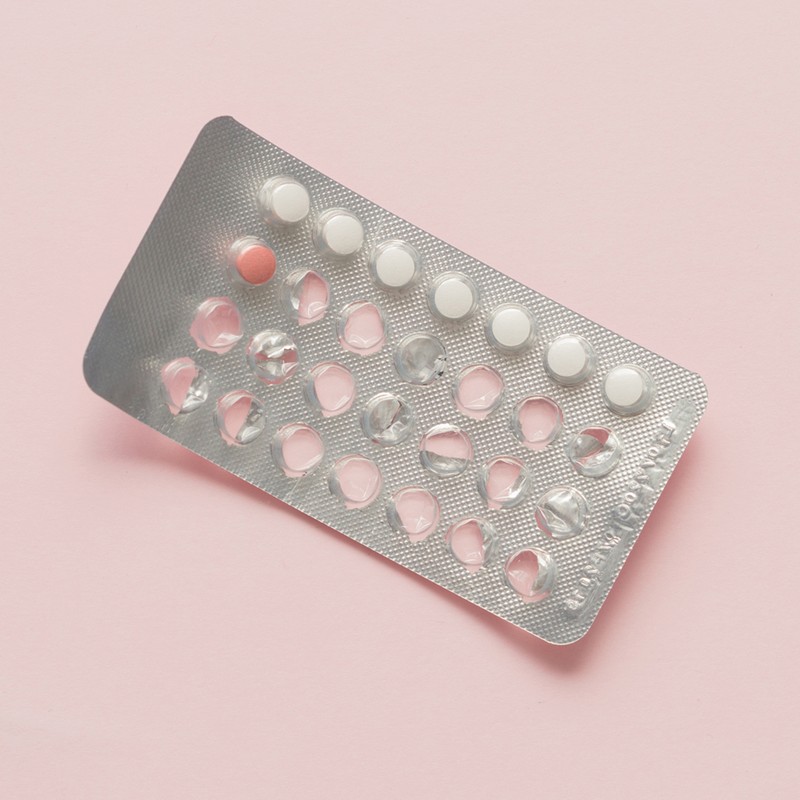How To Balance Your Oestrogen Levels
Look Out For Signs Of An Imbalance
Oestrogen is produced by your hormonal system and moves through the bloodstream, so when something is off balance, it can show in a number of ways, explains hormone expert Dr Martin Kinsella. “Oestrogen levels fluctuate throughout the month with changes in your cycle, but if they are too high or low you might experience changes to your menstrual cycle or PMS symptoms. An imbalance can cause adult acne, lack of energy, and weight gain as insulin levels become resistant, making blood sugar levels rise. Other signs to look out for include hair loss, mood swings, vaginal dryness, night sweats and hot flushes, and poor sleep. More serious problems could also include depression and sometimes fertility issues.”
Know What’s Normal For You
While many of the symptoms are common in women, they’re not always a sign of a hormonal imbalance and could be related to something else, says Dr Martin. “I’m seeing increasingly more people with hormone imbalances. If the symptoms are negatively impacting your life or you’re suffering from a number of them, it’s worth being checked out by a professional who will be able to determine if it’s related to something else entirely. The first port of call would usually be a blood test which can tell us if you’re producing too much or too little oestrogen, and importantly, testosterone.”
Nutritionist Nicki Williams agrees: “Always speak to your doctor first if you suspect something is wrong, but there are many things you can do to balance oestrogen levels yourself, mainly through diet, lifestyle changes and supplements.”
Avoid Chemical Oestrogens
“Unfortunately, chemical oestrogens, otherwise known as ‘endocrine disrupting chemicals’ are all around us,” says Nicki. “They can mimic our own oestrogen and disrupt our hormones. The big three are BPA in plastic, pesticides, and phthalates which are found in synthetic fragrances. It’s impossible to completely avoid chemical oestrogens, but you can reduce your exposure to them by swapping plastic for glass, stainless steel or ceramic items where possible. You should also switch to natural brands that use essential oils in your toiletries, cosmetics, and household products.” Chemical oestrogens can also be found in pesticides, so it’s essential to always rinse fruit and veg before you eat it, says Nicki. “Eat organic where possible, especially if you’re going to eat the skin on food like apples, berries, salad leaves and peppers.”
Make Changes To Your Diet
Hormone expert Dr Shirin Lakhani suggests that eating a healthy, balanced diet and making a few key changes is incredibly important when it comes to keeping your hormone levels in check. “As a general rule, you need to include plenty of healthy fats and oily fish in your diet. Make sure you eat enough protein at every meal as it can influence the release of hormones in your body – around 20-30g is ideal, though it doesn’t necessarily have to always include meat or fish.” Reduce refined carbs that have been stripped of fibre and nutrients, like white bread, rice, and pasta, says Shirin. “Wholegrain carbs can help optimise hormone function, so steer clear of refined varieties.” Leafy greens are also key to maintaining healthy oestrogen levels, says Natasha Richardson, founder of Forage Botanicals. “Eating dark leafy greens helps to promote good oestrogen levels; I’d recommend adding a handful of kale to a smoothie each day and adding cinnamon to your foods which is known to help balance insulin, too.”
Balance Your Blood Sugar
An excess of insulin can increase the amount of oestrogen in the body, so it’s important to keep levels in check. “One of the easiest ways to maintain stable blood sugar levels is to avoid sugar, refined carbs and alcohol as they can all cause blood sugar highs and lows, and increase insulin,” says Nicki. “Increase your fibre intake and drink plenty of water to stay hydrated. To ensure oestrogen isn’t recirculated around the body, it’s equally important to support your gut and liver health – vegetables like broccoli, cauliflower, cabbage and kale can support detoxification in the liver, while fibre, water and probiotic foods (live natural yoghurt, kefir, sauerkraut, onions, garlic and leeks) will help keep your gut happy and bowels moving to get rid of waste.”
Manage Your Stress Levels
“Too much cortisol (the hormone produced when we’re stressed) can suppress sex hormones and exacerbate symptoms,” says Nicki. “Therefore, it’s important to manage your stress levels, prioritise sleep and schedule in relaxation every day, even if it’s just ten minutes of deep breathing, walking in nature, reading a book or soaking in a warm bath. Anything that helps switch off your ‘fight or flight’ stress response will help balance your cortisol.” Shirin agrees: “Stress can impact hormone levels hugely, so it’s important to manage it through relaxation techniques, exercise, and meditation.”
Exercise Regularly
“Exercise has a strong influence on hormonal health and can help to reduce insulin levels,” explains Dr Shirin. “High-intensity workouts like HIIT training and sprints can cause cortisol levels to surge, so try to incorporate exercises that put less stress on the body, like swimming, yoga, and low-intensity weight training.” Nicki explains that finding the right workout for your body is important, too – “Not enough movement and over-exercising can equally disrupt your hormone balance. Yoga, Pilates and more general movement throughout the day is key to increasing your metabolism and circulating vital nutrients to help hormone function. Try taking more breaks from your desk, walking daily, taking the stairs instead of the lift, and getting outside more often.”
Enlist The Support Of Botanicals
If your oestrogen levels are too high, taking phytoestrogenic herbs can help reduce them. Phytoestrogen, a natural compound found in some plants, can help block oestrogen receptors in the body. Examples include red clover, sage, shatavari, fenugreek and motherwort. “The marigold herb also has incredible benefits,” suggests Natasha. “A teaspoon of marigold, which can be found in botanical teas, infused in hot water for ten minutes, should help. Aim to drink it two or three times a day to see the benefits.”
Take The Right Supplements
“Supplementing nutrients can really help restore balance,” says Nicki. “Look for supplements with added botanical extracts like sage and red clover, and ensure you’re taking a good-quality multivitamin for all your B vitamins, essential minerals and omega 3 fats – ideally one that has a mix of EPA and DHA, and vitamin D3 with K2 which is important for your immune system, brain, and bone health. I would also suggest taking magnesium, nature’s relaxation mineral. It can help with stress, anxiety, mood and sleep. Before taking any new supplements, always check with your doctor if you’re on any medication or have an existing health condition.”
Here, Alexandra Baldi, yoga instructor & founder of Compass Chelsea, tells us how she managed to tackle her own hormonal imbalance…
“In 2008 I started gaining unexplained weight. I was dieting, exercising and eating healthily, but I just couldn’t control it. I also had irregular periods and cystic acne – it was incredibly depressing. I eventually went to my GP, who suggested I see an endocrinologist. He ran some blood tests and an ultrasound and diagnosed me with polycystic ovary syndrome (PCOS). Medically, there are two main ways to treat PCOS, through a drug called Metformin or birth control. Metformin is given to those with type 2 diabetes, as PCOS revolves around insulin and sugar levels which become disturbed when you have excess oestrogen. The drug is essentially used to even these levels out. I went on Metformin and had the most horrific experience. The side effects were terrible, including constant stomach issues. I decided to come off it, and then ended up spending a lot of time suffering in silence.
“My periods continued to be sporadic, and I was still suffering badly from PCOS symptoms. At its worst, my stress levels were through the roof and my acne was horrendous, to the point that I was prescribed Roaccutane. My weight still wasn’t normal, and my periods were irregular. In 2017 I finally thought enough was enough. I’d suffered for almost ten years and knew that my diet needed a complete overhaul. I decided to also scale back my intense fitness regime – I was in the gym spinning twice a day and doing HIIT workouts. In hindsight, I now know all I was doing was creating more inflammation and cortisol in my body. No wonder I wasn’t losing any weight.
“Every doctor I saw in the UK said the same thing – birth control or Metformin, take it or leave it. I knew there had to be another way that was more holistic. Back in 2008, there was very little information out there about women’s health and PCOS. It wasn’t a commonly addressed condition at all. Fast forward ten years and there was a lot more to play with. I looked heavily into the PCOS diet, which was all about maintaining low insulin and prioritising low glycaemic index foods, scrapping processed sugar and watching your fruit intake. While PCOS sufferers don’t need to entirely cut carbs, they do seem to do better on a lower carb intake, as this better supports their insulin levels and blood sugar.
“I also chose to cut back on the heavy exercise and try yoga. I’d done it a few times but had never properly incorporated it into my regular schedule. When I got on the mat I let go of any preconceived notions about my body and health, and was open to the practice. Within a few months, a switch flicked. The weight started to come off, I felt more like myself than ever and my periods started to become regular. After the Roaccutane, my skin was also so much better – while it played a role in reducing some of my acne, I credit my lifestyle overhaul and commitment to a nutritious diet and gentle movement for continuing to keep my skin clear today.
“By 2019 I was in a much better place, so decided to get some tests re-done. I found out that I was now PCOS-free. I had pretty much cured myself naturally. Through yoga and Pilates, I had reduced the amount of cortisol and inflammation pumping through my body. However, it still felt like something was missing. I wanted to go deeper into PCOS and learned about eating and exercising for your cycle. This is crucial for women with PCOS, as adapting the way you eat and move throughout the different phases of your cycle ultimately gives it a jumpstart. Though it can take a few months, it works. Collectively, all the changes I made put me back in control of my health and hormones, and ultimately on the road to my best and healthiest self. Of course, some days, weeks and months are better than others, but I now have the tools to bring me back into balance and keep inflammation at bay.”
Follow @Yoga_by_Alexandra
Shop our product edit below…
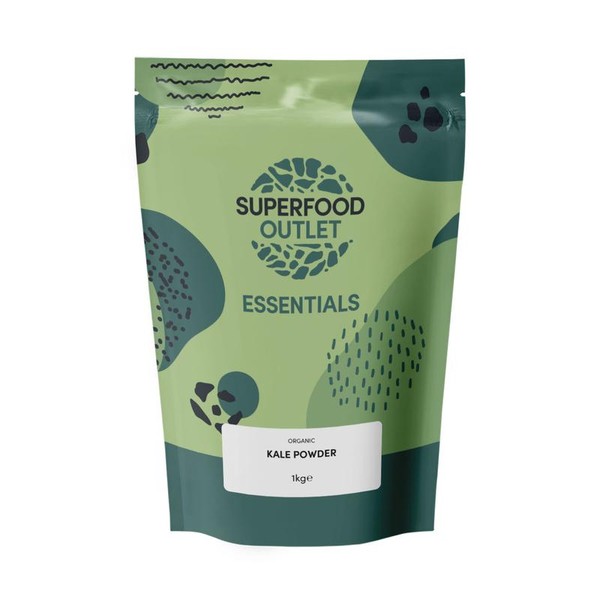
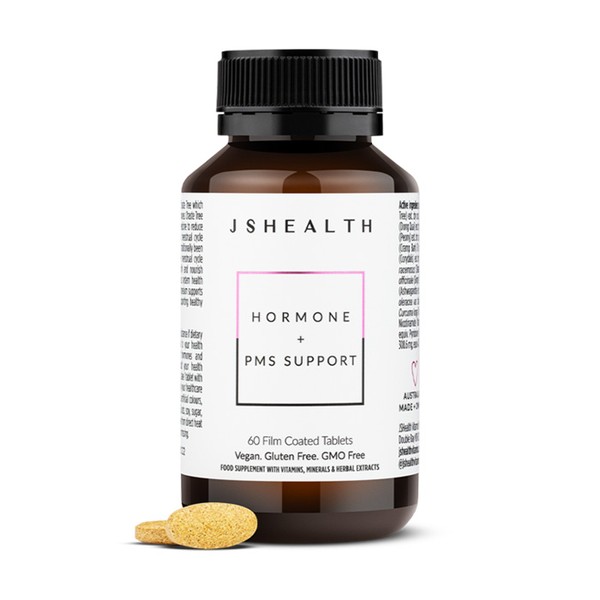
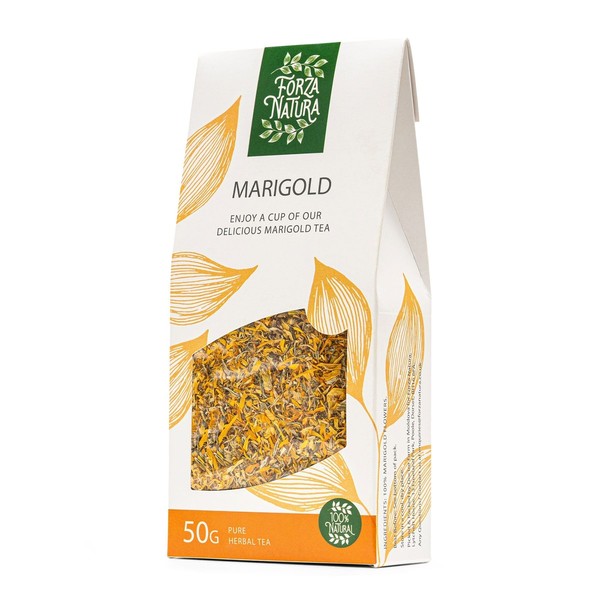
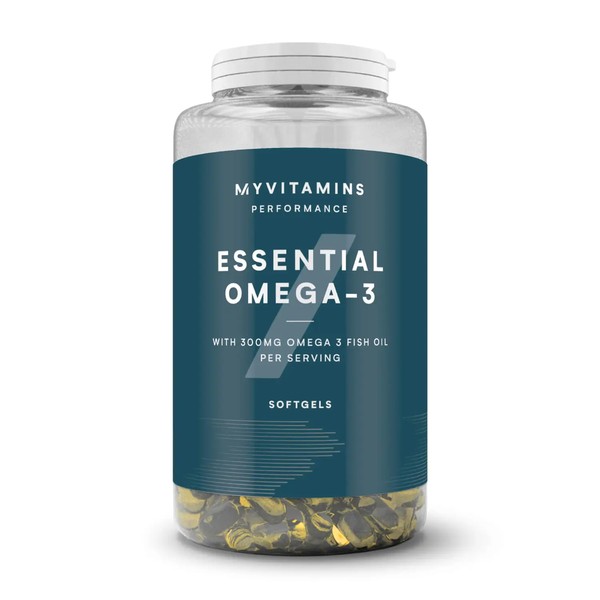
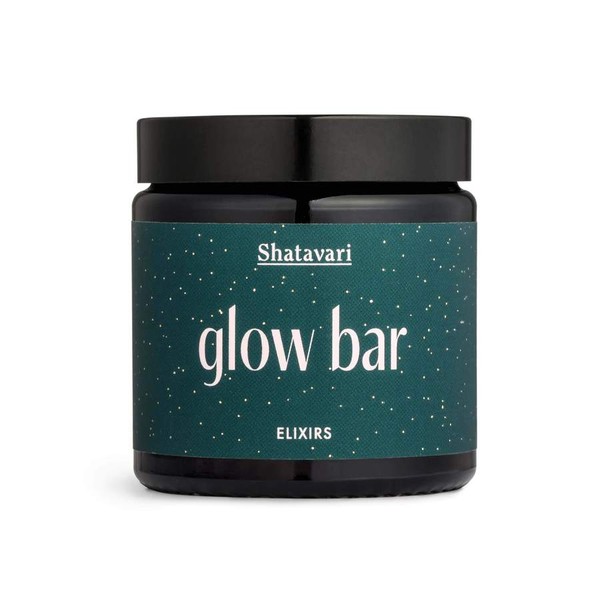
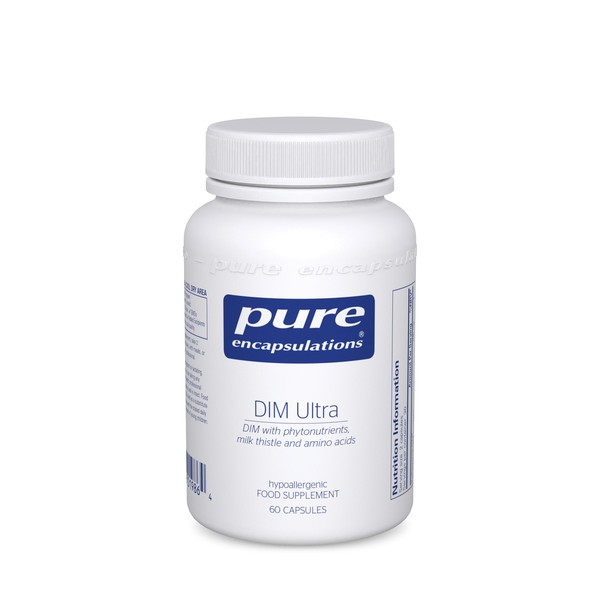
DISCLAIMER: Features published by SheerLuxe are not intended to treat, diagnose, cure or prevent any disease. Always seek the advice of your GP or another qualified healthcare provider for any questions you have regarding a medical condition, and before undertaking any diet, exercise or other health-related programme.
DISCLAIMER: We endeavour to always credit the correct original source of every image we use. If you think a credit may be incorrect, please contact us at info@sheerluxe.com.
